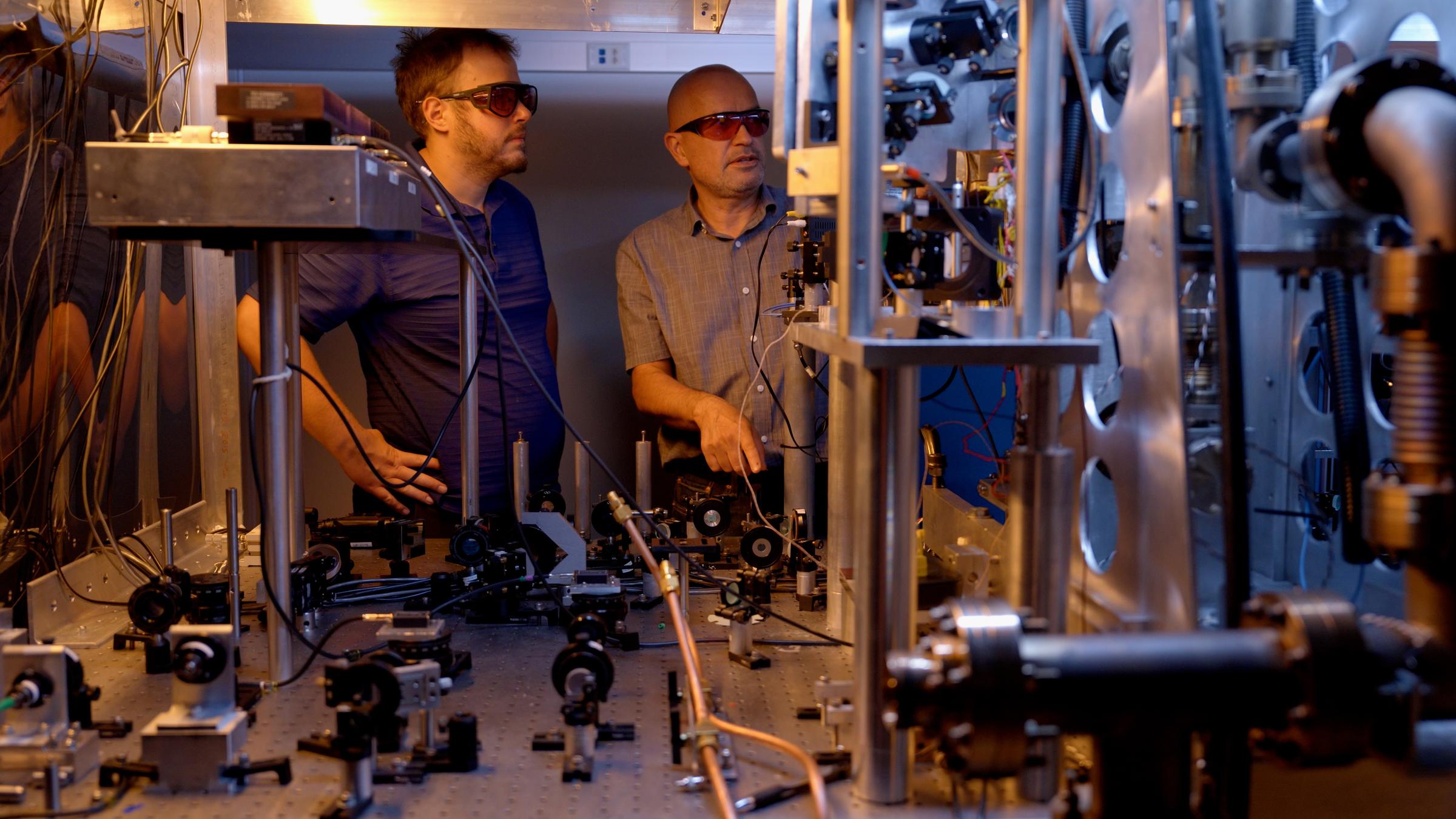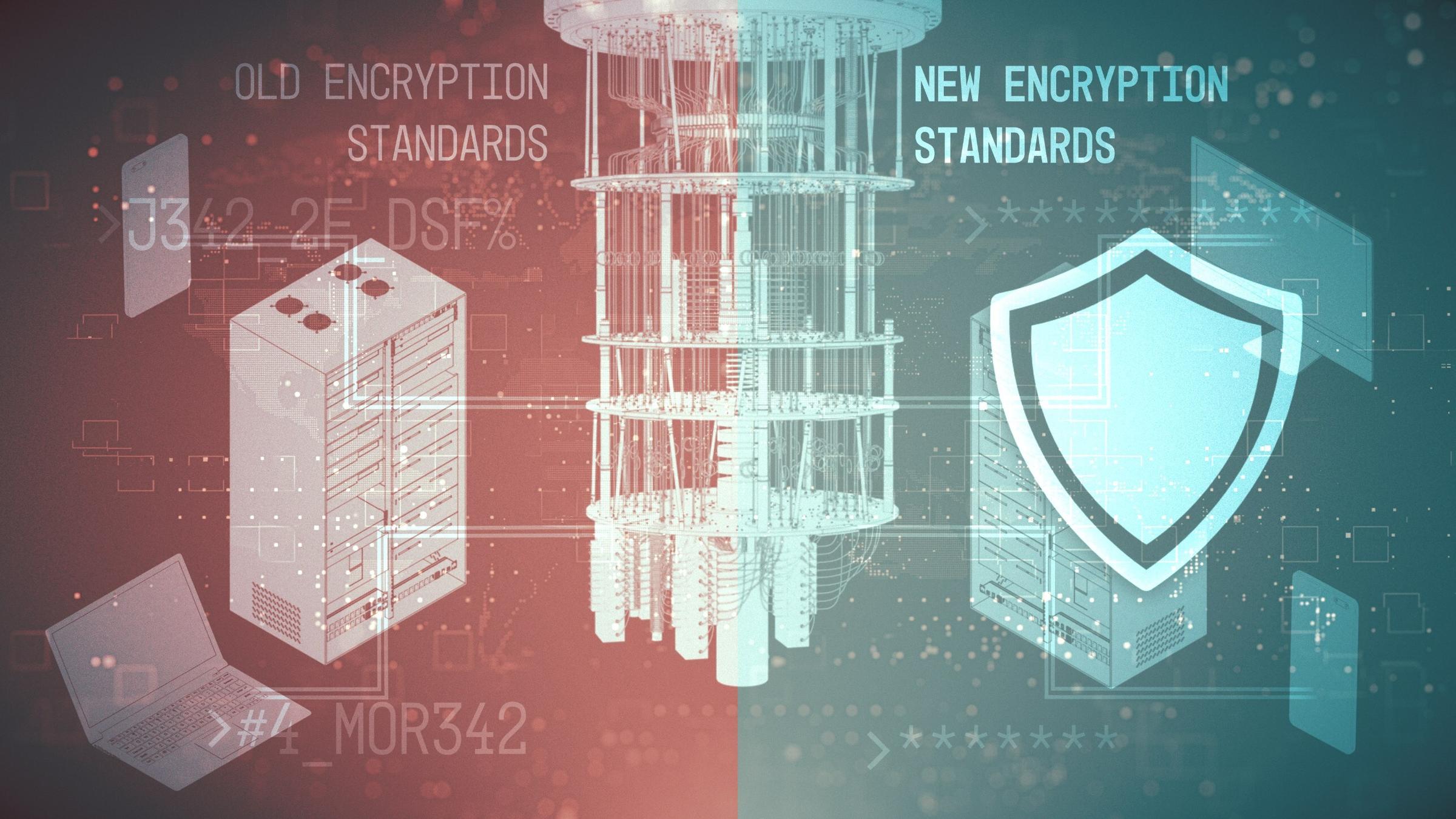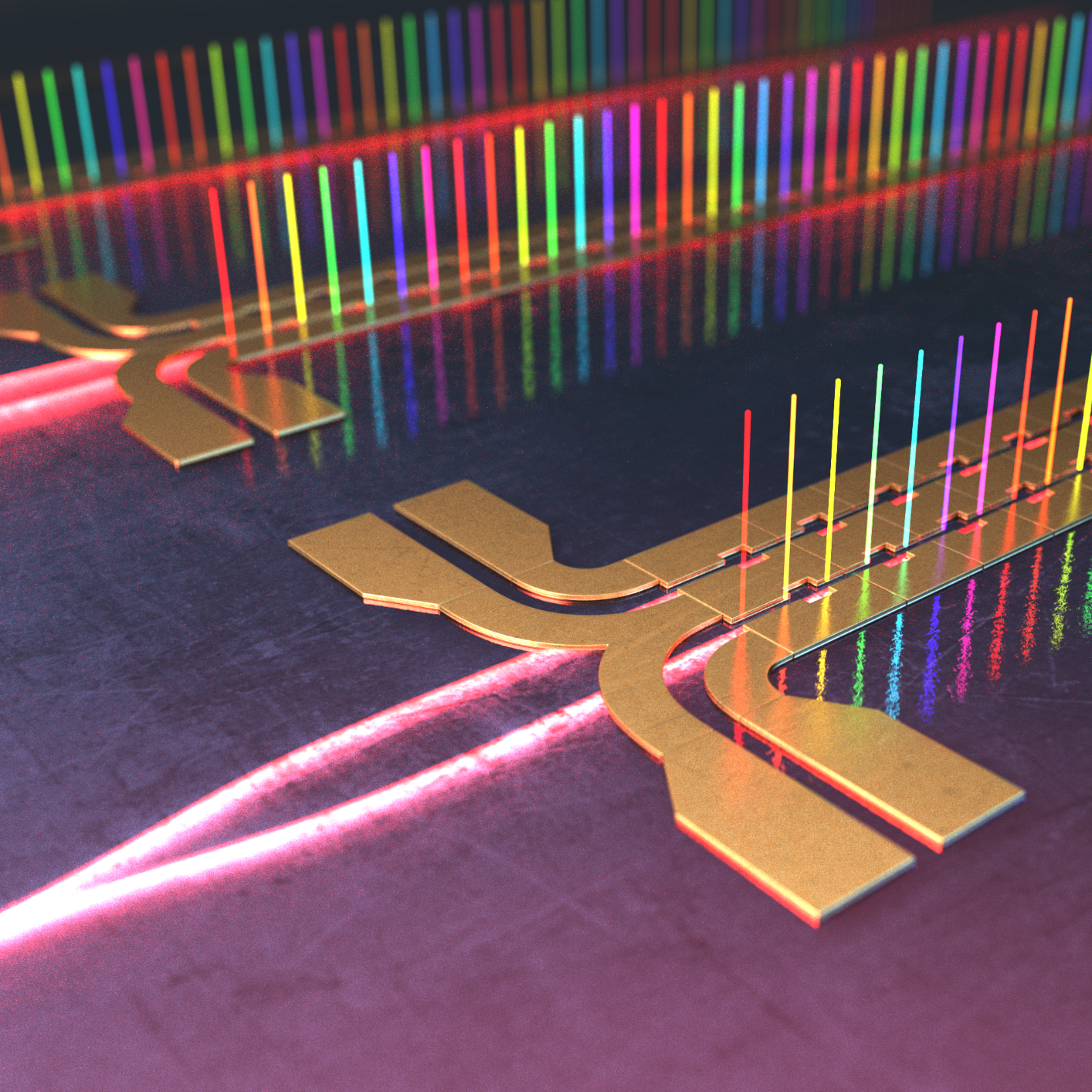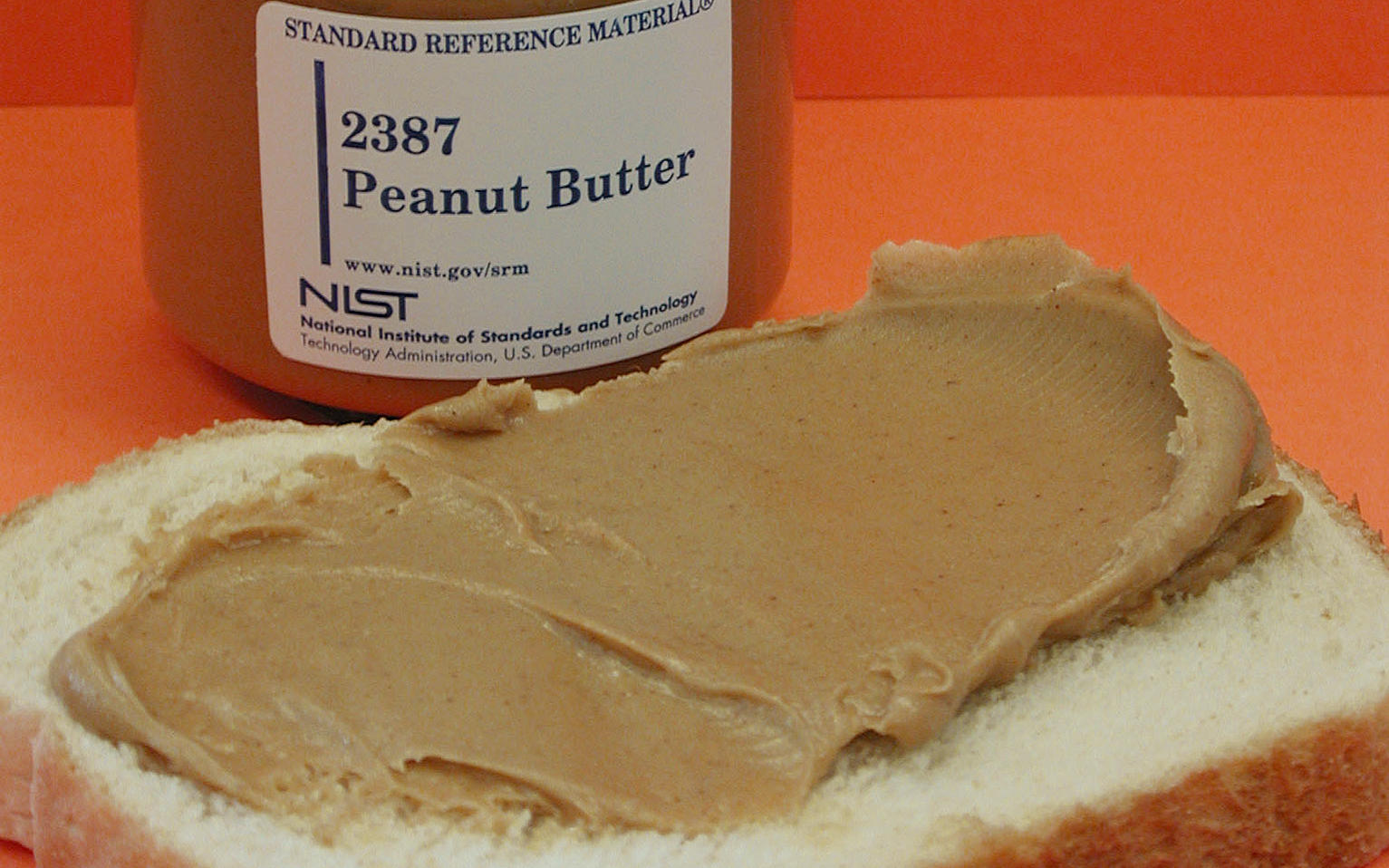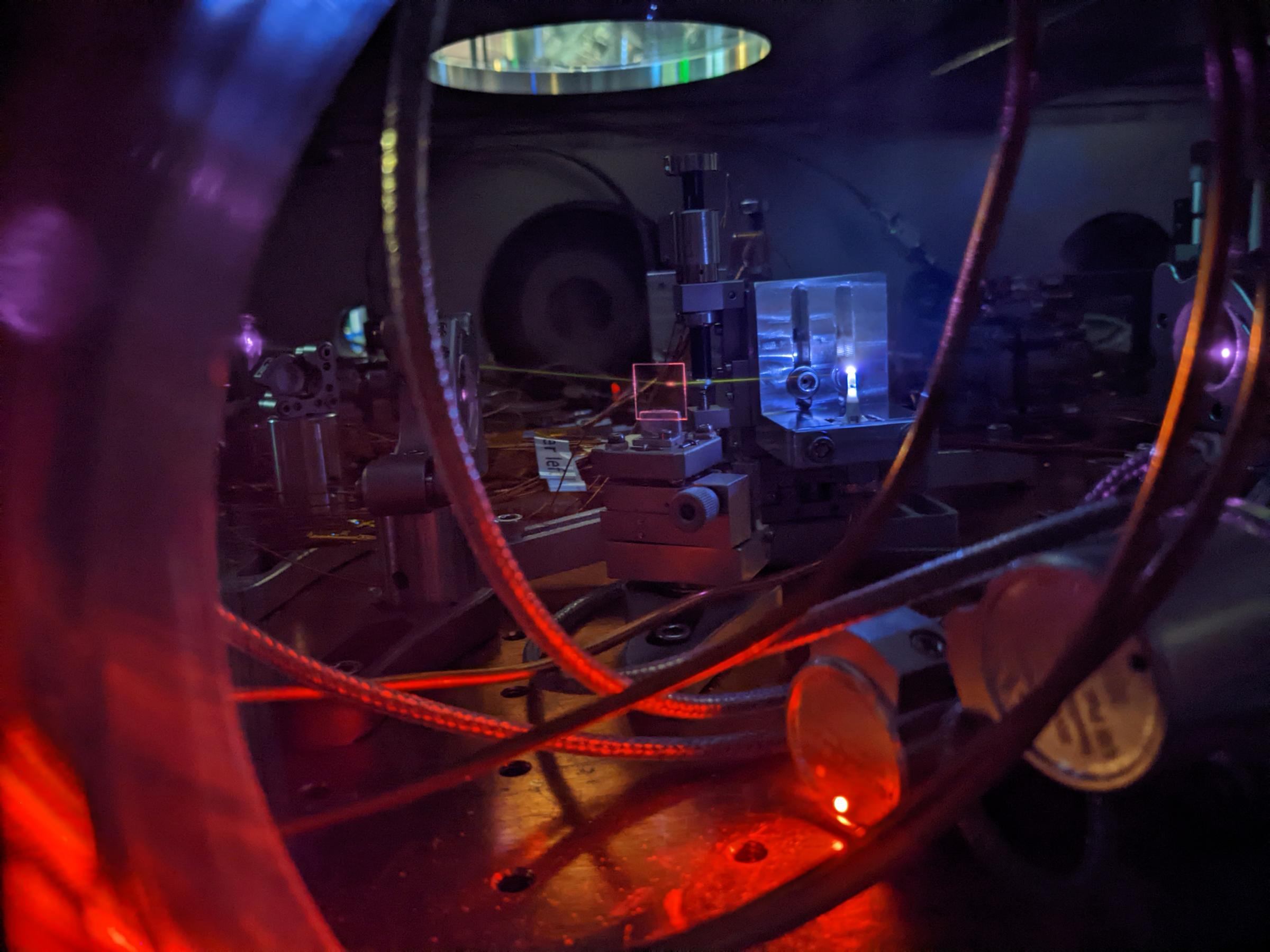NIST Creates World's Most Accurate Atomic Clock: 19 Decimal Places of Precision
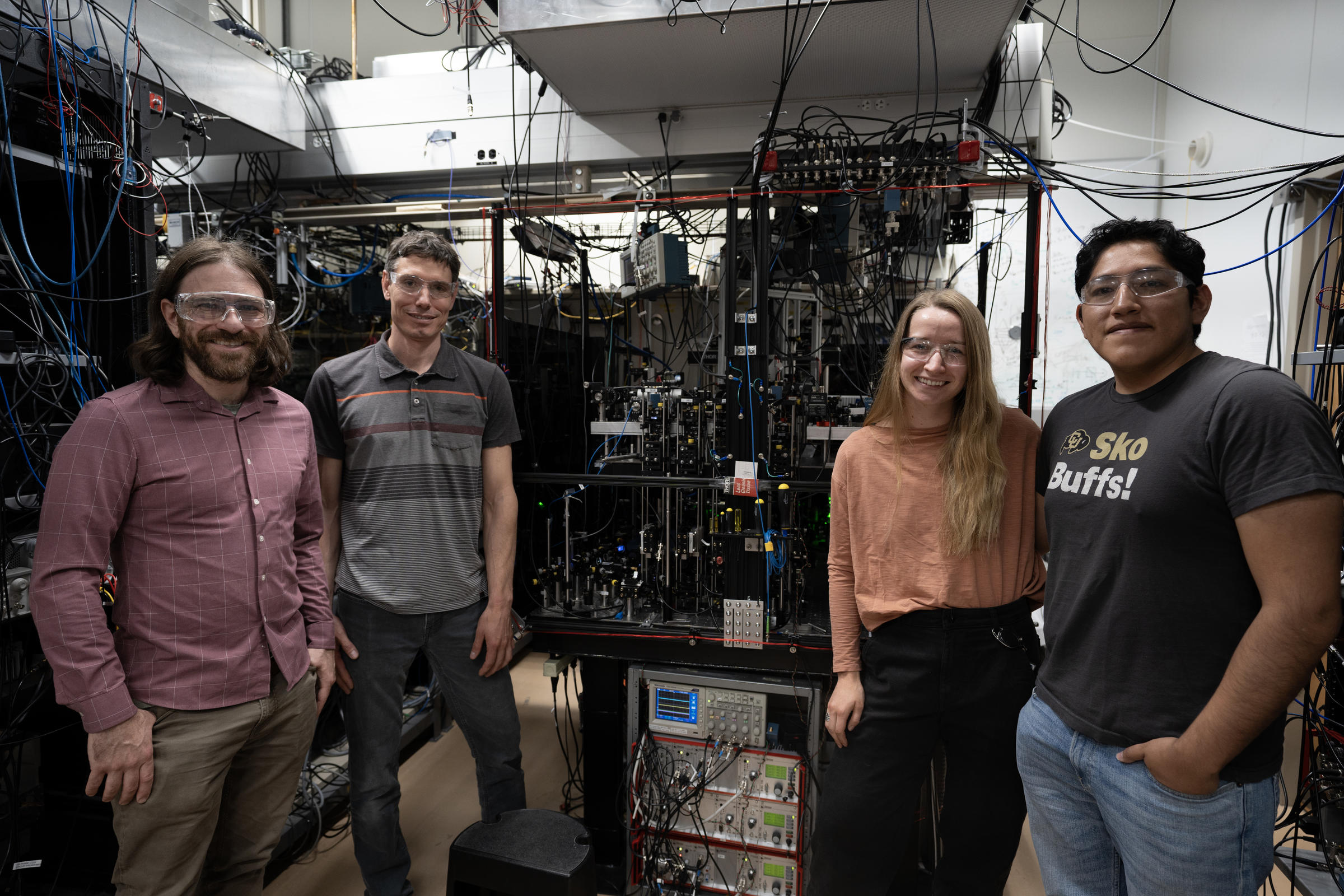
Researchers at the National Institute of Standards and Technology (NIST) have developed the world's most accurate atomic clock, based on a trapped aluminum ion, achieving an astounding 19 decimal places of precision. This breakthrough, built on 20 years of continuous improvement, boasts 41% greater accuracy and 2.6 times the stability of previous records. The team cleverly paired the aluminum ion with magnesium, using 'quantum logic spectroscopy' to overcome the challenges of controlling aluminum ions. Further improvements involved redesigning the ion trap and vacuum chamber to address issues like excess micromotion and hydrogen gas interference. The use of an ultra-stable laser from JILA further enhanced precision. This achievement paves the way for redefining the second and exploring new frontiers in quantum physics, potentially even allowing for measurements of changes in fundamental constants of nature.
Read more